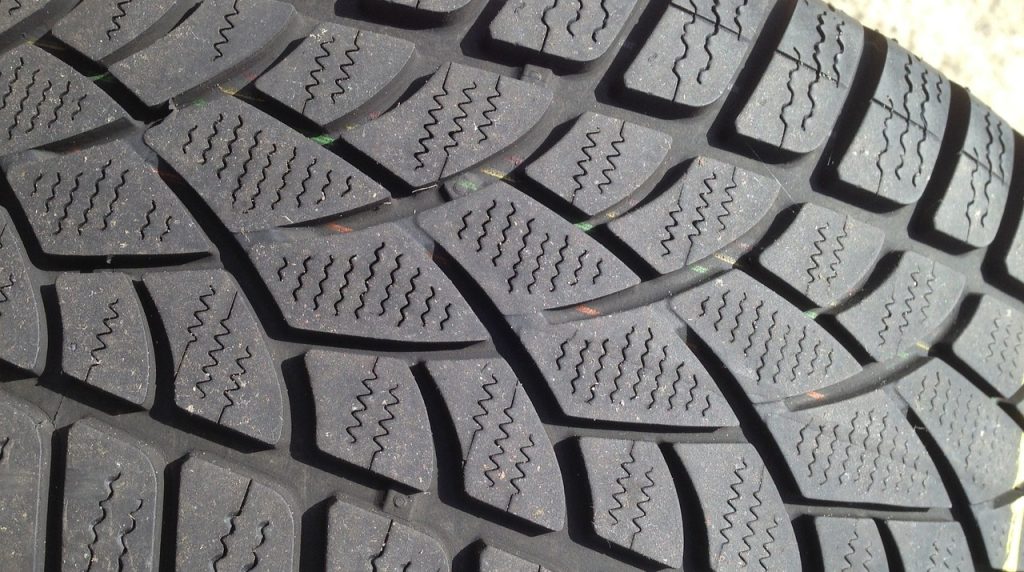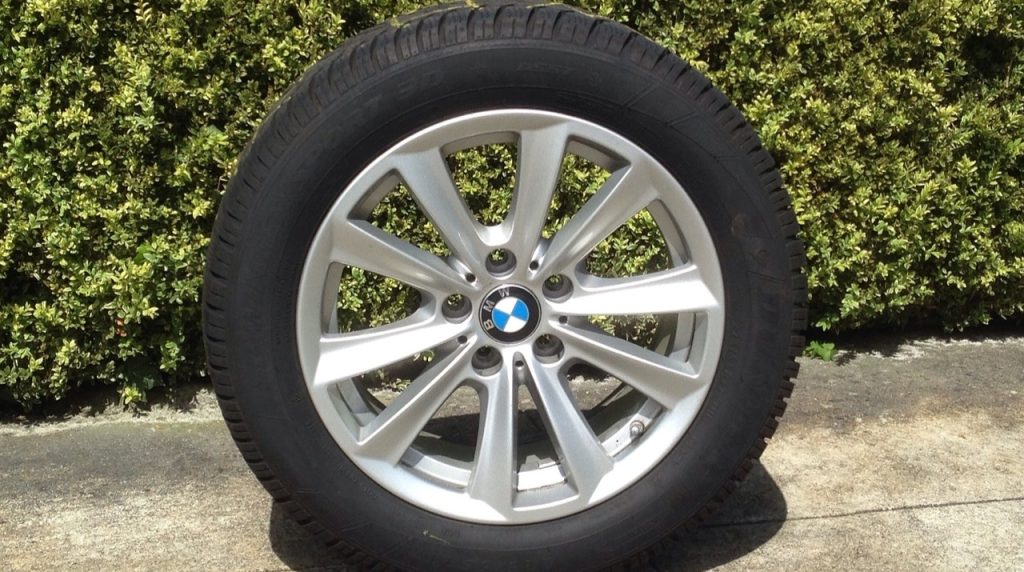Tires are generally produced with carbon black obtained from the burning of fossil fuels. The benefits it offers to the automotive market are remarkable, but in environmental terms, it significantly impacts CO2 emissions.
Carbon black is highly resistant, durable, and can offer up to 6,000 miles of useful life. However, with a manufacturing outlook focused on sustainability, other options must be sought.
Retreading a tire brings a number of benefits that significantly reduce environmental impact, in addition to representing a more economical cost compared to a new tire.
Related Content: Puebla Breaks Records in Electric Vehicle Sales

More Details on Retreading
To manufacture retreaded tires, the tread pattern is removed, leaving the tire smooth to incorporate a new tread. This system has been used since 1957, putting more than 300 million tires back on the roads, preventing that amount from being manufactured anew or ending up in landfills.
Through this process, only a third of the materials typically used in a new tire are necessary, adhering to the circular economy and sustainability standards that are currently being strengthened.
In fact, various studies state that retreading tires generates 24% less carbon dioxide emissions, reduces water consumption by 19%, and decreases atmospheric pollution by 21%. Finally, in terms of utility, these tires increase their lifespan by 500% and enhance fuel use efficiency.







